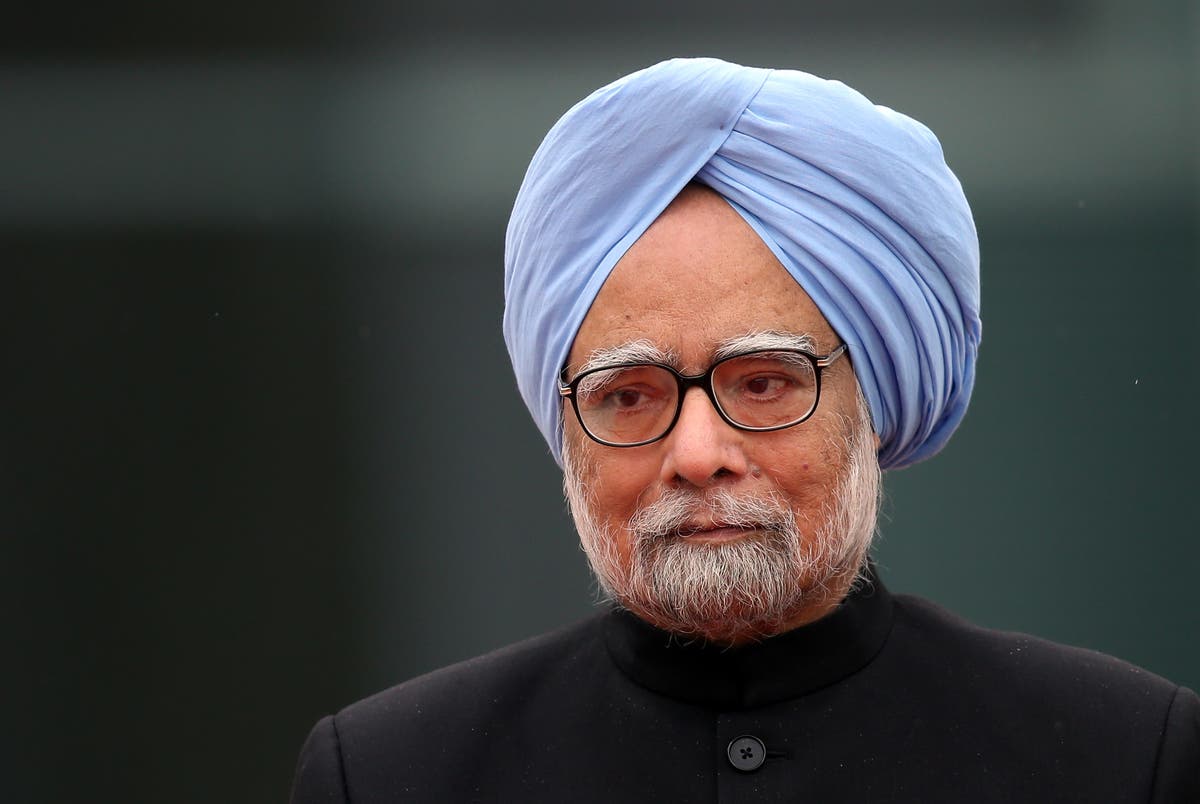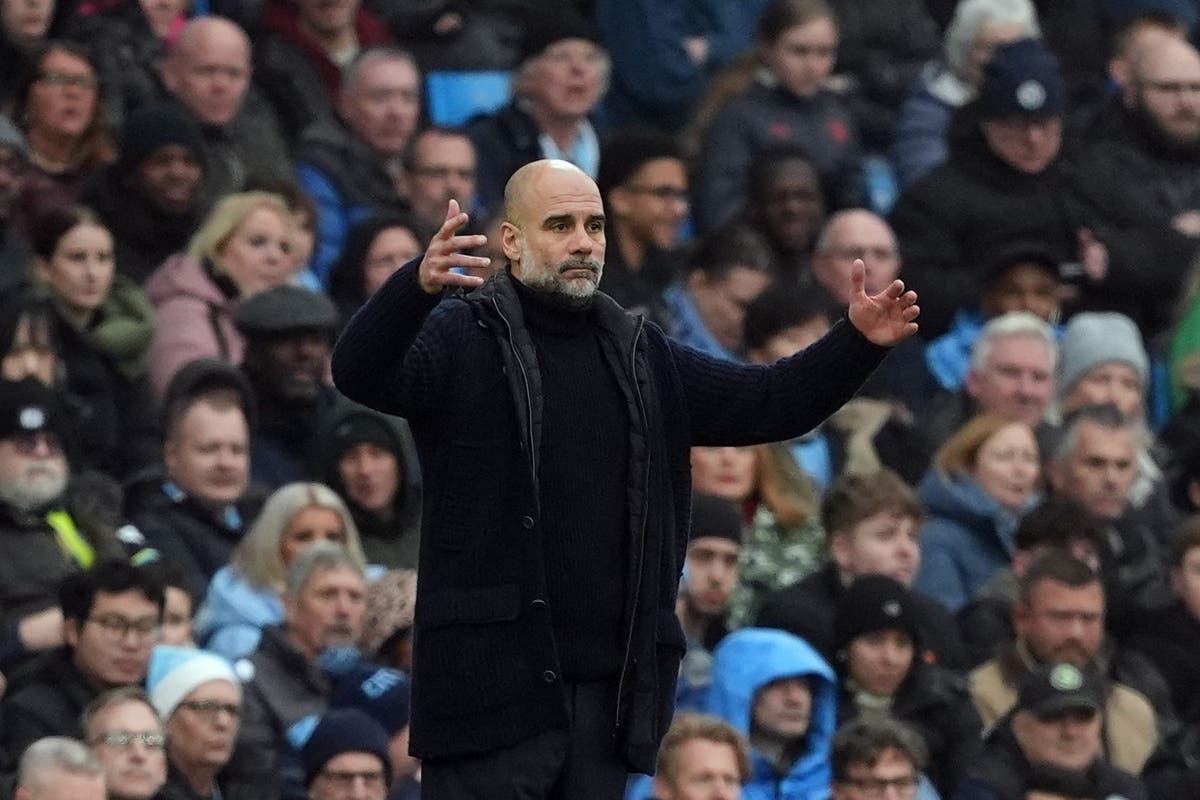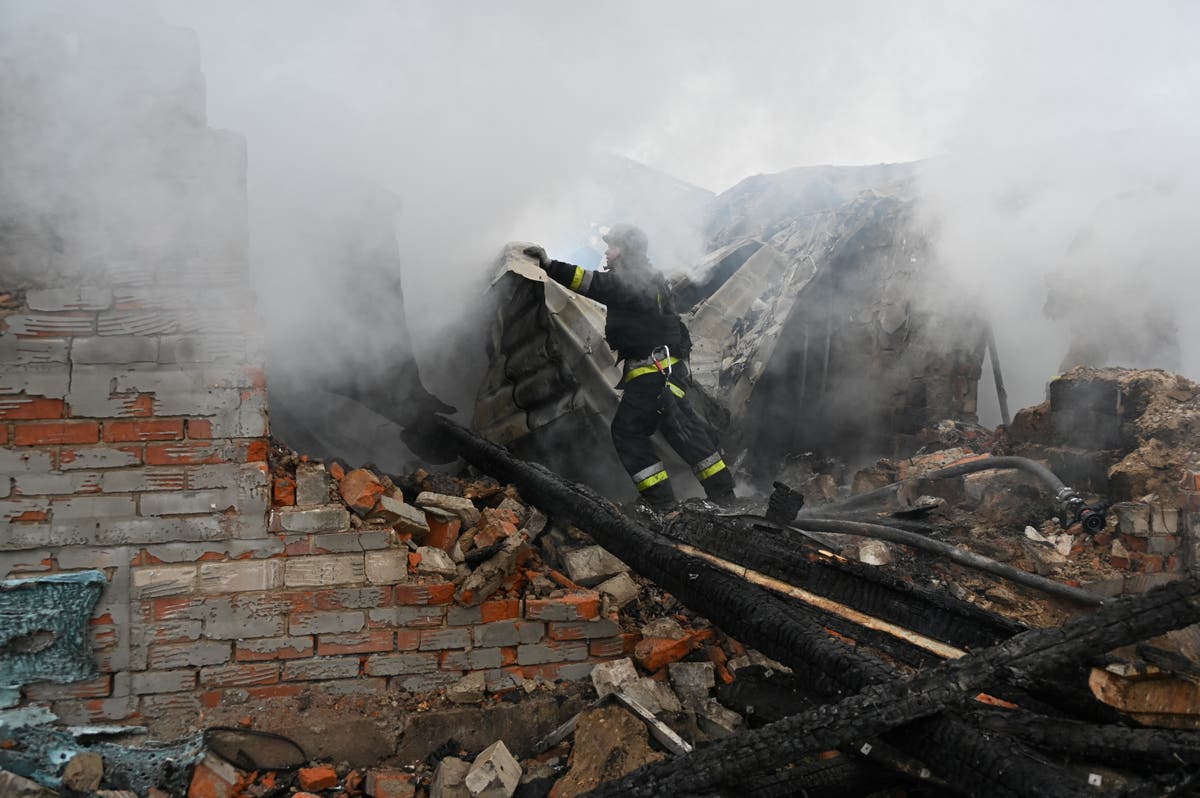Jurors heard confessions from the Delphi murder suspect as the prosecution made one last effort during closing arguments on Thursday to convince the panel that Richard Allen is “Bridge guy” who allegedly killed two teenage girls in 2017.
After three weeks of testimony in the long-awaited double murder trial, Allen’s fate is now in the hands of the jury. He could be sentenced to up to 130 years in prison if convicted of all the charges.
Allen, 52, faces two counts of murder and two additional counts of murder while committing or attempting to commit kidnapping in the killings of Abigail “Abby” Williams, 13, and Liberty “Libby” German, 14, who disappeared on February 13, 2017, after going for a walk on Monon High Bridge Trail in Delphi, Indiana.
Their bodies were discovered with both of their throats cut near the trail the next day. It would take five years for Allen to be arrested in October 2022. A grainy image of “bridge guy” was one of the few pieces released by investigators looking for the suspect.

During closing arguments on Thursday, Carroll County Prosecutor Nicholas McLeland insisted that Allen was the “Bridge Guy” seen in a snapchat video that Libby recorded on her cell phone just before they were killed.
McLeland said Allen had confessed repeatedly to the killings in recorded phone calls, which were played for the jury, including one in which Allen could be heard telling his wife, “I did it. I killed Abby and Libby.”
He also argued that some of Allen’s incriminating statements contained information that only the killer could have known.
“Now all the pieces are clear,” McLeland said. “All the pieces are put together.”
But defense attorney Bradley Rozzi argued that Allen’s confessions are unreliable because he suffered a severe mental health crisis while under the stress of being locked up in isolation.
A psychiatrist who testified at the trial supported the argument, testifying that months in solitary confinement could cause a person to become delirious and psychotic.
Rozzi also slammed the prosecution’s timeline and told jurors that Allen was not the killer, as he highlighted four points which included the state’s “broken” murder timeline, the “bungled” ballistics, “false” confessions and digital forensics.
“Time and time and time again, we had to do their job,” Rozzi said of investigators on the case.
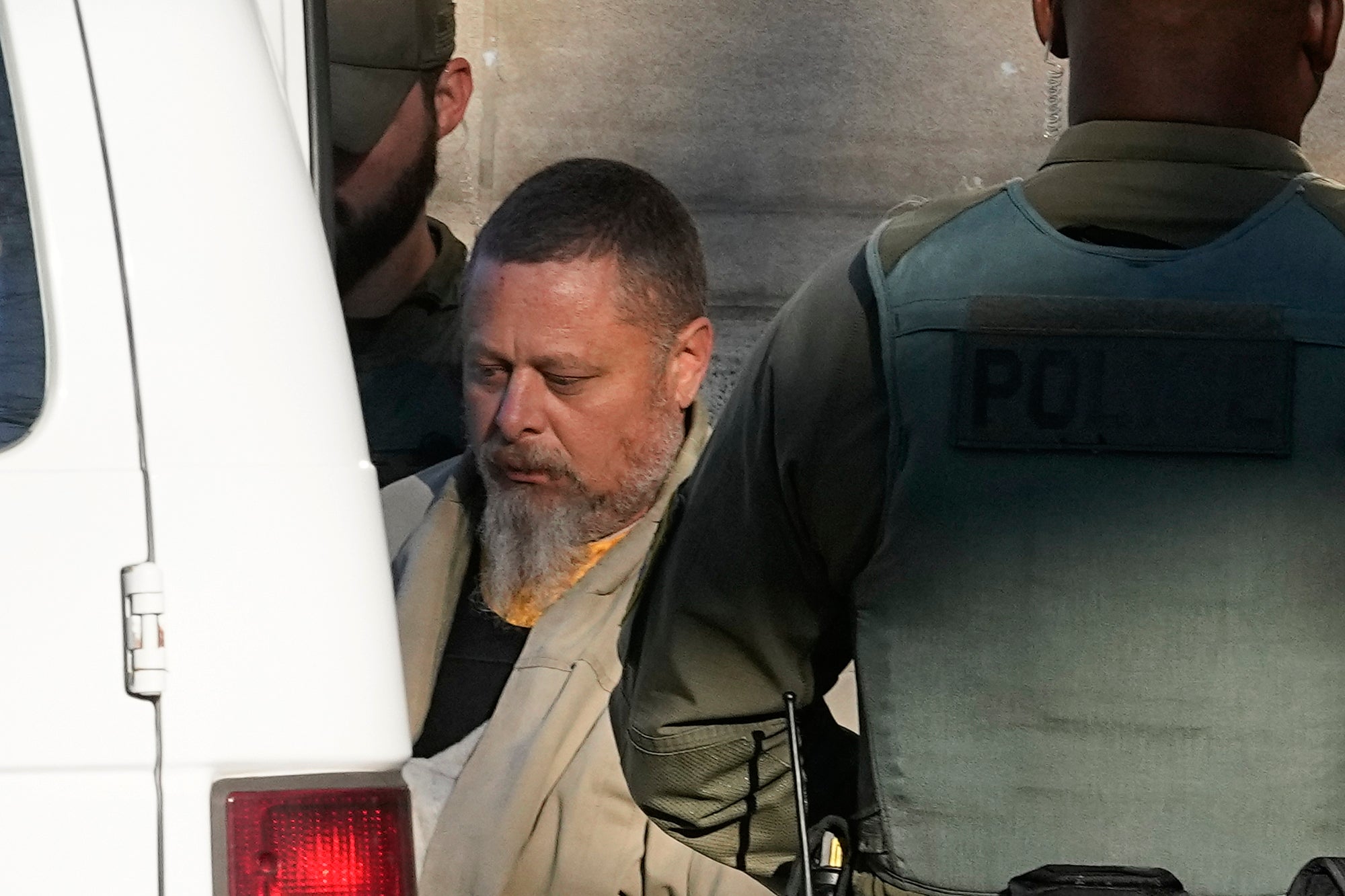
He said the state’s timeline does not match the evidence, arguing that one or numerous people must have kidnapped the teens and returned them early the next day to the spot where they were found, Fox 59 reported.
Rozzi also zeroed in on witness Brad Weber, who made contradictory statements in previous police interviews about whether he went straight home after work on the day of the murders. He claimed that at 2:30 p.m. on February 13, 2017, he drove his white van by the stretch of Deer Creek where the girls’ bodies were discovered.
The timeline appears to line up with the case laid out by the prosecution that claims that the killer led the girls down the hill at 2:31 p.m., according to pings from Libby’s phone. The phone’s last ping was at 2:32 p.m.
Last week, the court heard from psychologist Dr. Monica Wala, who told jurors how Allen confessed to the crimes in detail to her while he was at the Westville Correctional Facility.
She claimed that Allen told her that his intention was to rape the girls but said he was “spooked” by a white van. He then forced them into the woods and slashed their throats before covering the girls with sticks, a detail which matched the crime scene.

Perhaps the defense’s biggest revelation in court was a digital forensics expert who said headphones or an auxiliary cable were plugged into Libby’s cellphone for nearly five hours after she and Abby disappeared. Her testimony called into question the investigators’ belief that the girls were killed and left in the woods around 2:32 p.m.
During the trial, prosecutors showed the court a grainy cell phone video, which they said shows Allen walking behind Abby as they crossed the Monon High Bridge.
McLeland said a state trooper who had listened to more than 700 phone calls placed by Allen had identified Allen’s voice on the video telling the teens to go “down the hill.”
An “unspent bullet” found between the girls’ bodies at the crime scene came from Allen’s Sig Sauer, a .40-caliber handgun, prosecutors said.
Prosecutors have said the bullet “had been cycled through” Allen’s gun, while a firearms expert called by the defense during the trial questioned the state police analysis of that unspent round.
The defense wrapped up its closing as it referred to the “magic bullet” as the “tragic bullet” and said the totality of the evidence “make it impossible that Richard Allen is the killer,” Fox 59 reported.
No one identified Allen as “Bridge Guy,” Rozzi told the jury, adding that there is no DNA or digital evidence linking him to the crime scene and no link between Allen and the girls.
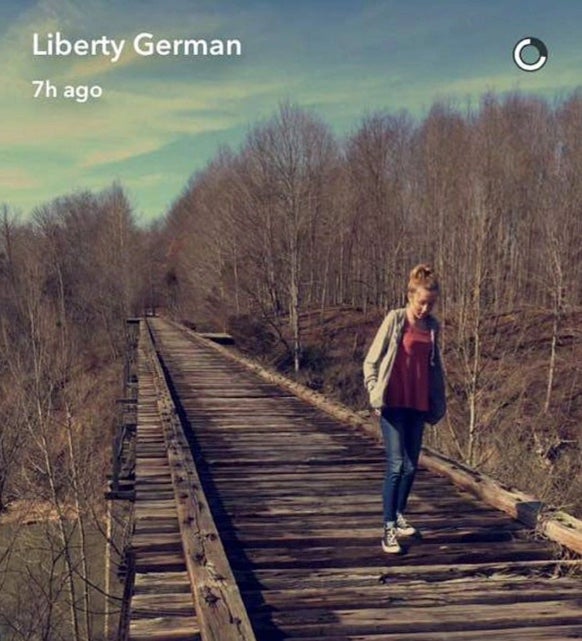
He ended his closing with with a photo of a medieval torture device and showed photos of Allen’s jail cell that included some of him lying down naked in a hood.
Allen was held in “conditions no man or woman should endure,” Rozzi said.
“We’ve asked you to set Richard Allen free and find him not guilty,” he added.
Before the trial began, Allen’s attorneys had sought to argue that the girls were killed in a ritual sacrifice by members of a white nationalist group known as the Odinists who follow a pagan Norse religion, but the judge ruled against that, saying the defense “failed to produce admissible evidence” of such a connection.
The bizarre case that has drawn attention from true crime enthusiasts and has also been shrouded in mystery and plagued by delays, shifting narratives, controversies, chaotic developments and evidence leaks is now in the hands of the jury.


